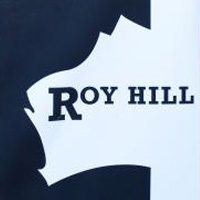
A comment from the Mac Bank commodities team is of interest today (sorry, been a bit slow on this story):
On Wednesday, Vale received the environmental installation licence for the 90mtpa Carajas S11D project. This follows on from licences received for port and railway construction earlier in the year, and has thus allowed Vale’s directors to approve the full construction program as expected. We model first tonnage from S11D coming to market in 2017, with steady ramp-up over the following two years. Given the scale of this project, in our view when its production comes to market it slams shut the window for alternative iron ore project development for a number of years.
Here’s what Vale has to say about he project:
Rio de Janeiro, July 3, 2013 – Vale S.A. (Vale) informs that it has obtained the installation environmental license (LI) to the iron ore project Carajás S11D (S11D), the highest grade and lowest cost world-class project in the industry. With the issuance of the LI, Vale’s Board of Directors approved the complete S11D program, comprised of investments in the mine, processing plant, railway capacity and port.
The LI was issued by Instituto Brasileiro do Meio Ambiente e dos Recursos Naturais Renováveis (IBAMA) and is part of the project’s second phase of licensing, which authorizes the plant construction. S11D is the largest project in Vale’s history and also in the iron ore industry, being a major lever for value creation, production capacity growth and for maintaining Vale’s undisputed leadership in the global market in terms of volume, cost and quality.A high value-adding projectThe total capex for S11D is US$ 19.671 billion, estimated at a 2.00 BRL/USD exchange rate, encompassing: the development of mine and processing plant (US$ 8.089 billion) and logistics (US$ 11.582 billion). The project has a nominal capacity of 90 million metric tons per year (Mtpy) of iron ore with proven and proved reserves of 4.240 billion metric tons with an average ferrous content of 66.7%, low impurities and estimated cash cost (mine, plant, railway and port after royalties) of US$ 15.00 per metric ton (at a 2.00 BRL per USD exchange rate). S11D is expected to start-up in 2H16 and to deliver full capacity production in the 2018 calendar year.

